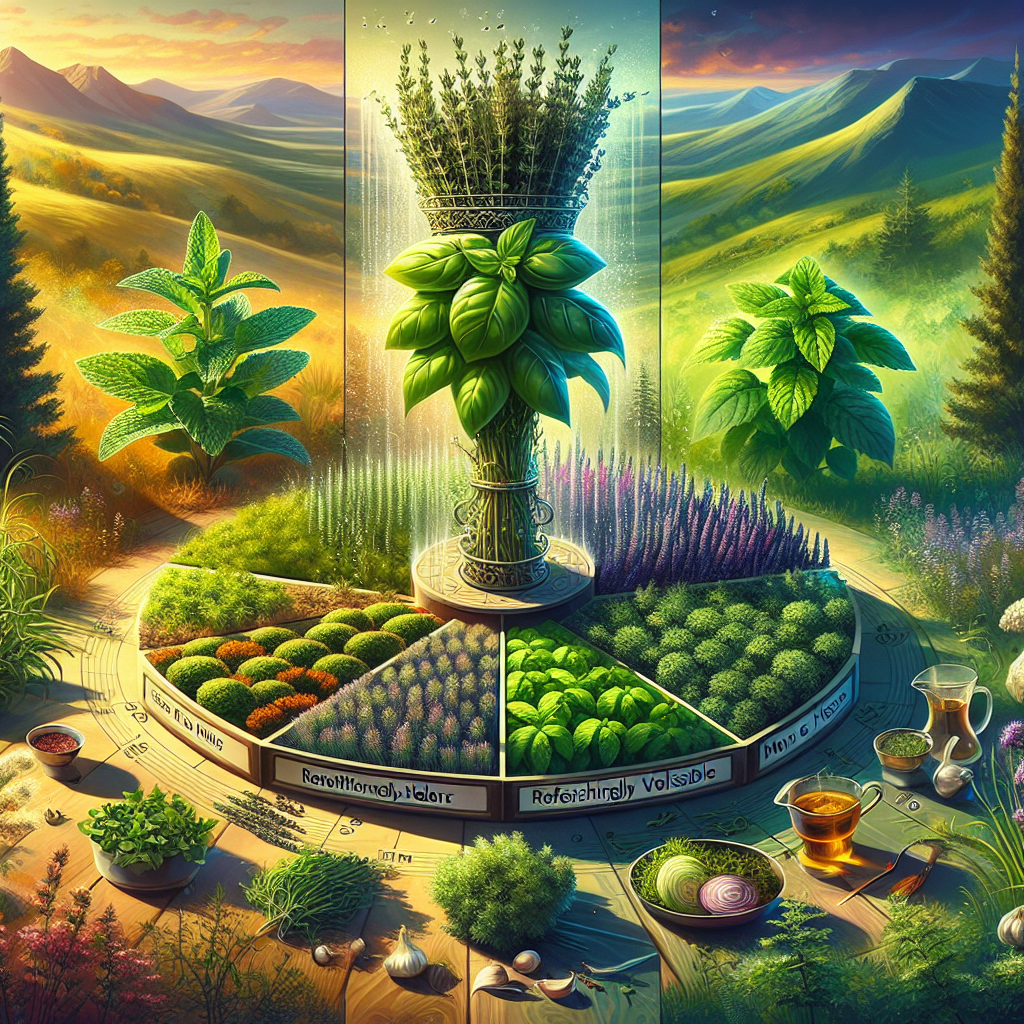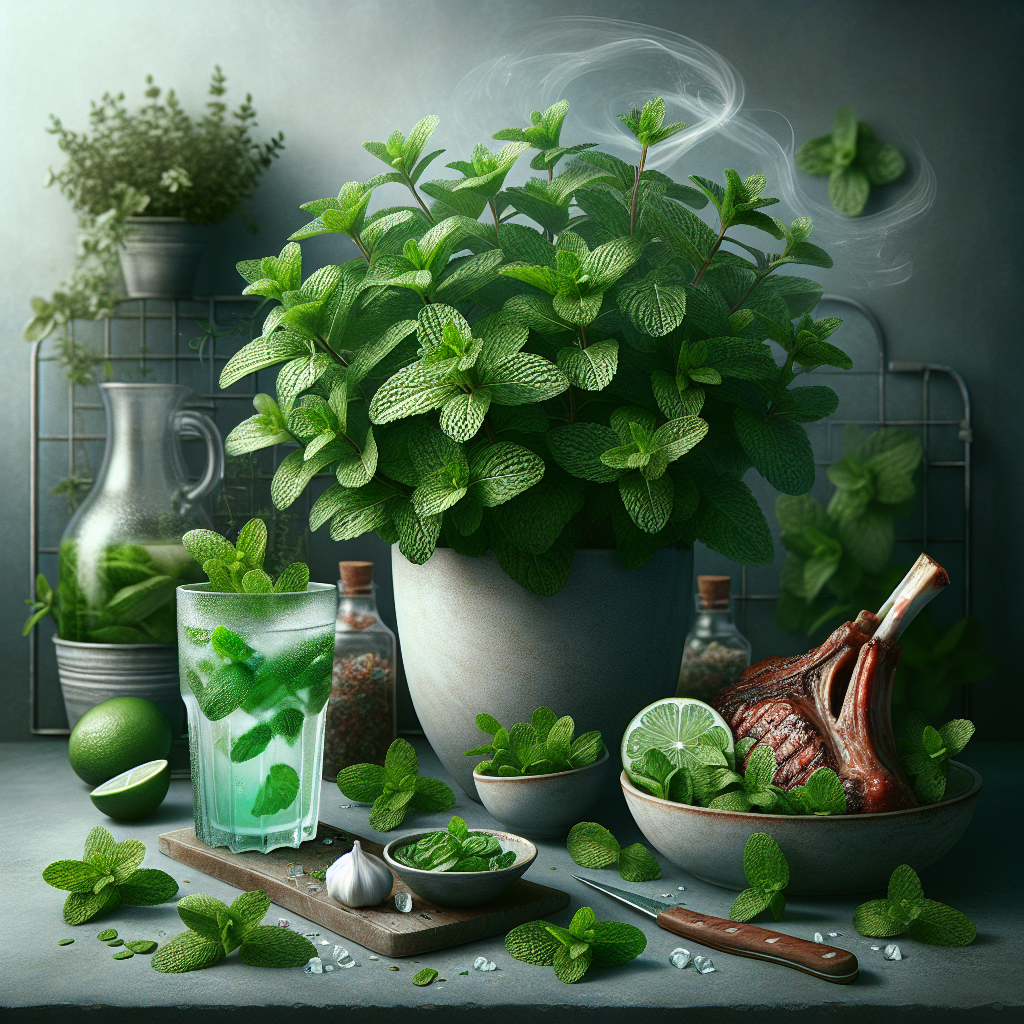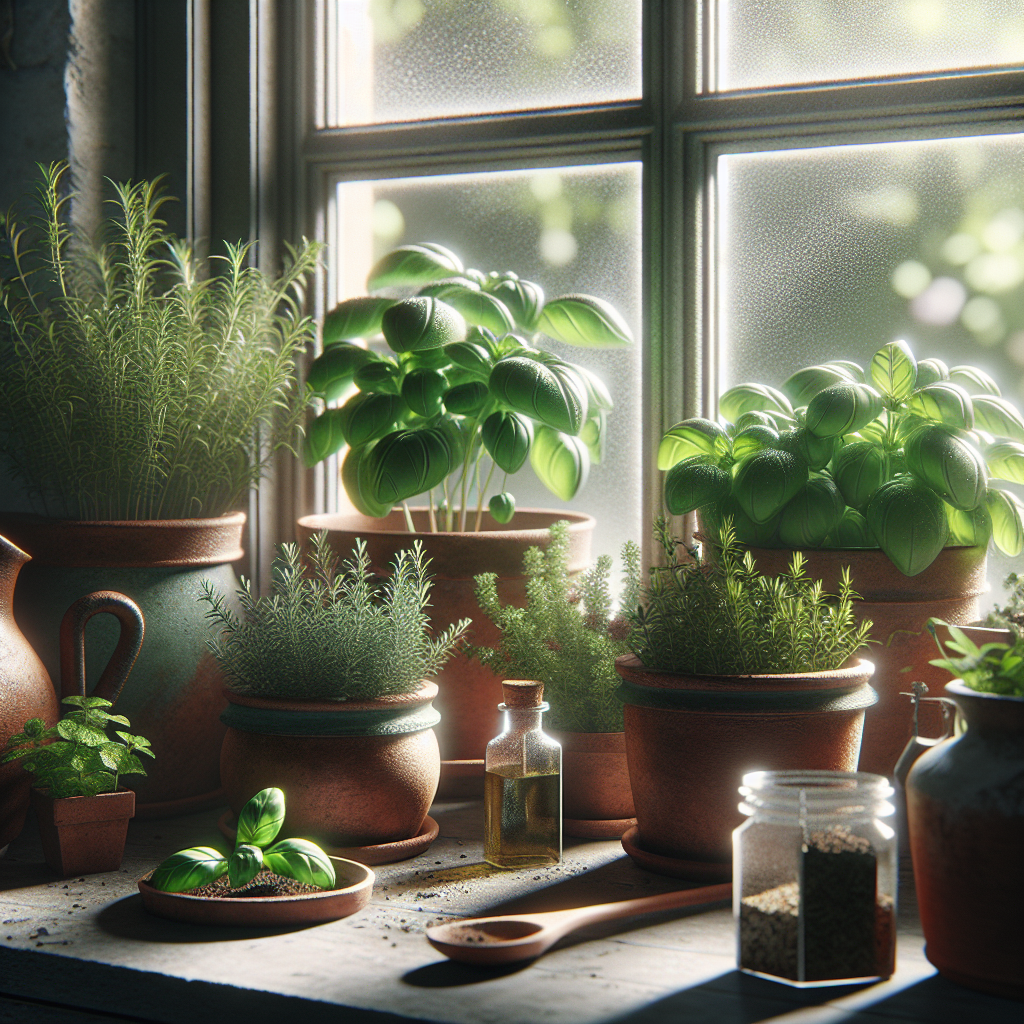Top Indoor Herbs for Flavorful Cooking and Health 🌿
Welcome to the world of indoor gardening! Whether you’re a seasoned chef or a kitchen newbie, growing your own herbs can elevate your cooking and boost your health. In this blog post, we’ll dive into the best indoor herbs you can grow to enhance your meals and well-being. Let’s get started!
Table of Contents
1. Basil: The King of Herbs
2. Mint: Refreshingly Versatile
3. Rosemary: The Piney Protector
4. Thyme: The Timeless Healer
5. Parsley: More Than Just a Garnish
6. Conclusion
7. FAQs

Basil: The King of Herbs 👑
Basil is a must-have in any indoor herb garden. Known for its sweet, aromatic flavor, basil pairs perfectly with tomatoes, making it a staple in Italian dishes like pesto and caprese salad. Aside from its culinary uses, basil offers health benefits such as reducing inflammation and supporting digestion.
Pro Tip: Basil loves sunlight, so place it on a sunny windowsill. Keep the soil moist but not waterlogged.
Mint: Refreshingly Versatile 🌱
Mint is incredibly easy to grow and adds a refreshing touch to both sweet and savory dishes. From mojitos to lamb chops, mint’s versatility is unmatched. Plus, it may help alleviate digestive issues and freshen your breath naturally.

Pro Tip: Mint spreads quickly, so consider growing it in a pot to prevent it from overtaking other plants.
Rosemary: The Piney Protector 🌲
Rosemary’s robust, piney flavor complements roasted meats and vegetables beautifully. It’s also renowned for its antioxidant properties and potential to improve memory and concentration.
Pro Tip: Rosemary thrives in well-drained soil and bright light. Don’t overwater; let the soil dry out between waterings.
Thyme: The Timeless Healer ⏳
Thyme is a classic herb used in a variety of cuisines for its earthy, minty flavor. It’s a powerhouse of vitamins and known for its antibacterial and anti-inflammatory properties, making it a wonderful addition to your health regimen.
Pro Tip: Thyme prefers full sun and slightly dry soil. It’s drought-tolerant, so don’t be afraid to let it dry out a bit.
Parsley: More Than Just a Garnish 🌿
Often relegated to the role of a garnish, parsley is actually packed with nutrients like vitamins A, C, and K. It adds a fresh, peppery flavor to dishes and can help with bone health and immune function.
Pro Tip: Parsley grows well in partial shade, making it perfect for kitchens with less sunlight.
Conclusion
Growing your own herbs indoors is an enriching experience that brings flavor and health benefits right to your fingertips. Whether you start with just one plant or cultivate a full herb garden, these indoor herbs will enhance your cooking and support your well-being.
FAQs
Q1: How often should I water my indoor herbs?
A: It depends on the herb, but generally, allow the top inch of soil to dry out between waterings.
Q2: Can I grow these herbs without much sunlight?
A: Yes, many herbs like parsley and mint can tolerate partial shade, though they all benefit from some sunlight.
Q3: How can I prevent pests on my indoor herbs?
A: Regularly check for pests and use natural solutions like neem oil or insecticidal soap if needed.
Q4: Are there any herbs that should not be grown together?
A: Yes, some herbs like mint can be invasive, so it’s best to grow them separately to avoid competition.
We hope this guide inspires you to start your own indoor herb garden and enjoy the many benefits these plants have to offer! 🌿





